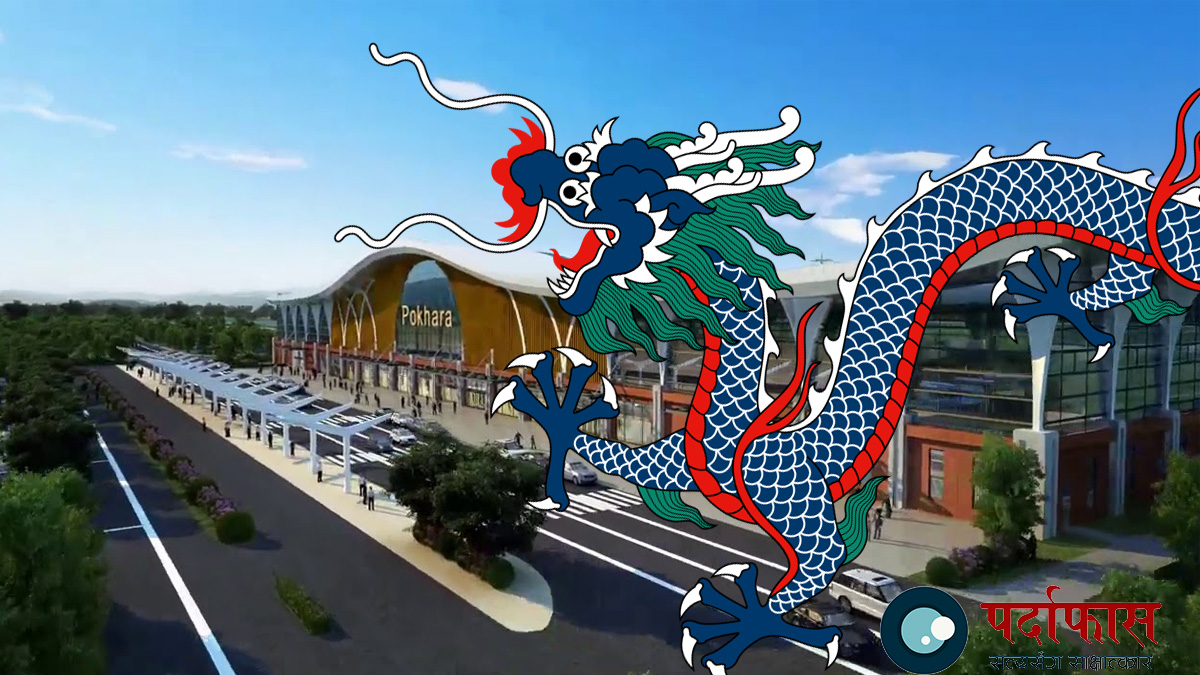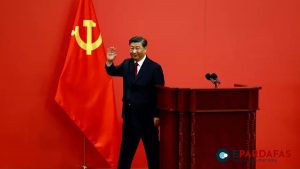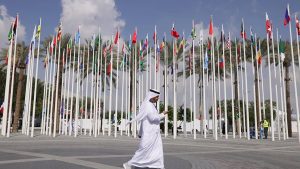
China forcibly joining Nepal in BRI
Belt and Road Initiative (BRI) is China’s ambitious plan. For this plan, China, since long has been trying to gain a support from different countries. Although, many nations already agreed for the implementation of BRI, it is uncertain for Nepal to implement this plan here. Nepal hasn’t yet agreed for the implementation of BRI plan.
China has advanced the BRI as a business strategy to connect different countries through highways and railways. However, in recent times, it is not easy for countries like Nepal to support such plans due to the US’s opposition to China and China’s opposition to the US’s projects and its efforts not to implement it.
On the one hand, there is a question that whether such plans are really beneficial for countries like Nepal. Likewise, the recent economic situation of the country where BRI was implemented have established a kind of belief that BRI is a Chinese debt trap. Similarly, there is also a concern for Nepal that while supporting the China’s plan, the American side will be irritated and dissatisfied with Nepal. Moreover, the problems like Russia-Ukraine war are also seen as the countries of the world are polarized into powerful countries. China had also clearly objected to the implementation of the US grant assistance program MCC in Nepal.
An example of this is, at the recent inauguration of Pokhara Regional International Airport, Acting Chinese Ambassador to Nepal, Wang Xin said that the airport is under the BRI plan. But in reality, this airport was built with the investment of Nepal government and loan investment of Chinese bank.
Just a day ahead of the inauguration of Pokhara International Airport by Prime Minister Pushpa Kamal Dahal, the Chinese Embassy wrote in its Twitter account that “This [Pokhara airport] is the flagship project of the China-Nepal BRI cooperation.” However, in reality Nepal had taken a concessional loan of Rs 22 billion for forty years from Exim Bank of China. Its interest rate is 2.75 percent per annum.
The loan agreement between the Civil Aviation Authority of Nepal and China EXIM Bank had not mentioned the BRI.
The work of Pokhara International Airport had already started even before the BRI scheme enters Nepal. In 2012, an agreement was reached between Nepal and China to build the airport in Nepal. In May 2014, two years before the loan was agreed, China CAMC Engineering was given the construction contract, at a time when China’s BRI was in a nascent phase. Chinese President Xi first announced the idea of BRI in 2013 as ‘One Belt, One Road’.
After Nepal and China signed the framework agreement on BRI in 2017, Nepal had initially selected 35 projects to be undertaken under Chinese President Xi Jinping’s flagship connectivity project. Later, upon Beijing’s request, the total number of projects was whittled down to nine with Pokhara airport off the list.
Therefore, it is clear that China is trying to forcibly join Nepal in BRI.
Apart from the Pokhara International Airport, China has put its hand in many projects of Nepal. Either in Damak Industrial Park or Kerung-Kathmandu railway, China has committed to help in the construction of these important projects. However, the work of these projects has not yet progressed.

Work has not yet started on the Damak Industrial Park in Jhapa, the home district of UML Chair KP Sharma Oli. Even, if this plan is implemented, Chinese businesses will dominate in Nepal for years. Similarly, although Chinese companies will get benefit from this project, locals there will be forced to lose land at the beginning. According to the agreement, the construction period of the park will take ten years and Chinese will operate the park for 40 years, and then only it will be handed over to Nepal. The construction of this park, which was laid with pomp by promising to improve the economic condition of the country, provide employment for one lakh people, and to bring about a revolution in the industrial sector has been stalled for a long time. The only essence of this game is teasing India by taking the Chinese influence closer to the Indian border.
Eight years have passed since the acquisition of land for the construction of the park named China-Nepal Friendship Industrial Park, Damak, and two years have passed since the foundation stone was laid, but the work has not yet progressed.
The locals are constantly protesting about the land acquisition and the agreement after the construction of the park. They have been protesting since the beginning that the compensation for the land provided by them for the industrial park was low.The project has become a victim of corruption, compensation disputes, and irresponsibility on the part of the Chinese side, said locals.

Similarly, the Kathmandu-Kerung railway line has also been limited in discussion. The pre-feasibility study of the railway was conducted in November 2018 and an agreement for carrying out the feasibility study was reached during the visit of Chinese President Xi Jinping to Nepal from October 12 to 13 in 2019.
After this, a memorandum of understanding was reached in the course of Chinese Foreign Minister Wang Yi’s visit to Nepal in March 2022 for expediting the feasibility study.
The Kerung-Kathmandu railway will be part of the 550-km railroad connecting the Tibetan city of Shigatse with Kerung near the Nepal-China border. Although just 75-km long, construction of the Kerung-Kathmandu section will cost over $3 billion due to difficult geophysical terrains and other complexities, according to the pre-feasibility study.
Recently, a Chinese team came to Nepal to carry out a feasibility study of the Nepal-China cross-border railway.
Nowadays, the main projects of the country have been taken by Chinese companies one after the other. Chinese footprints in Nepal have consistently expanded. The monopolization of Chinese companies has started to increase in projects such as roads, airports, hydropower projects, and industrial areas. However, when such projects started with loans from other countries, donor agencies and foreign banks are not built on time and are stalled, it has been far-reaching effects on Nepal.
On the other hand, when China tries to forcibly join Nepal in the BRI plan, it will make impact on the Nepal’s diplomatic sphere. Since countries like India and the US have opposed China’s BRI plan, there is bound to be a dispute in Nepal as well.
Analysts says that a developing country like Nepal should make itself clear before coming in controversy and disputes between the powerful countries.













Comments